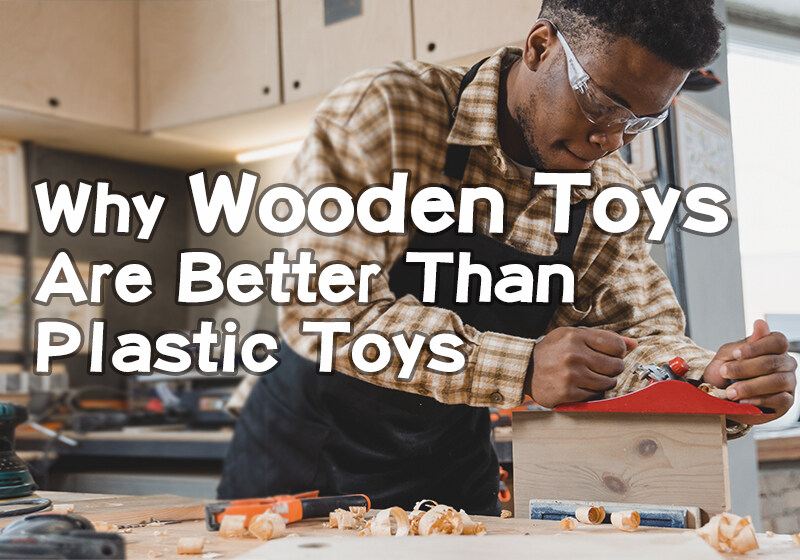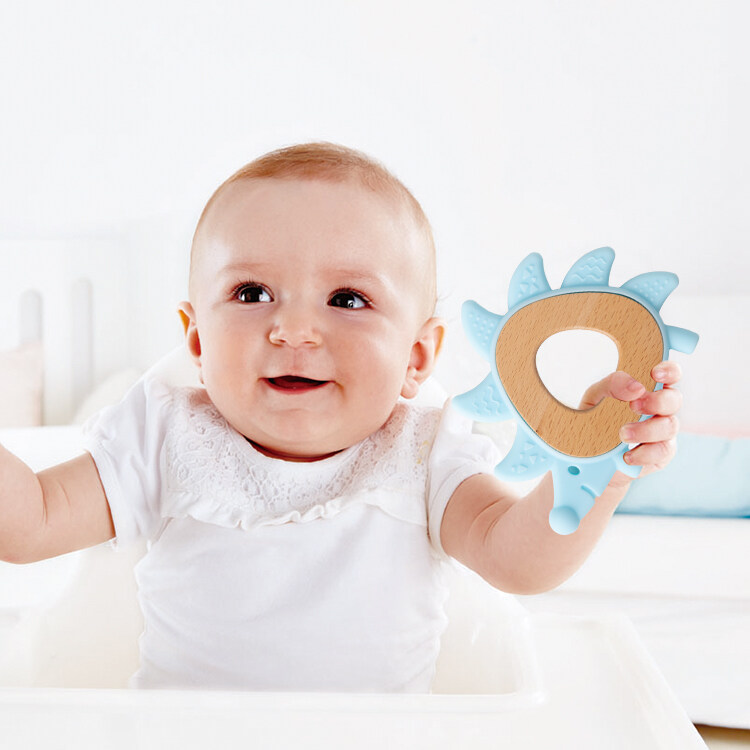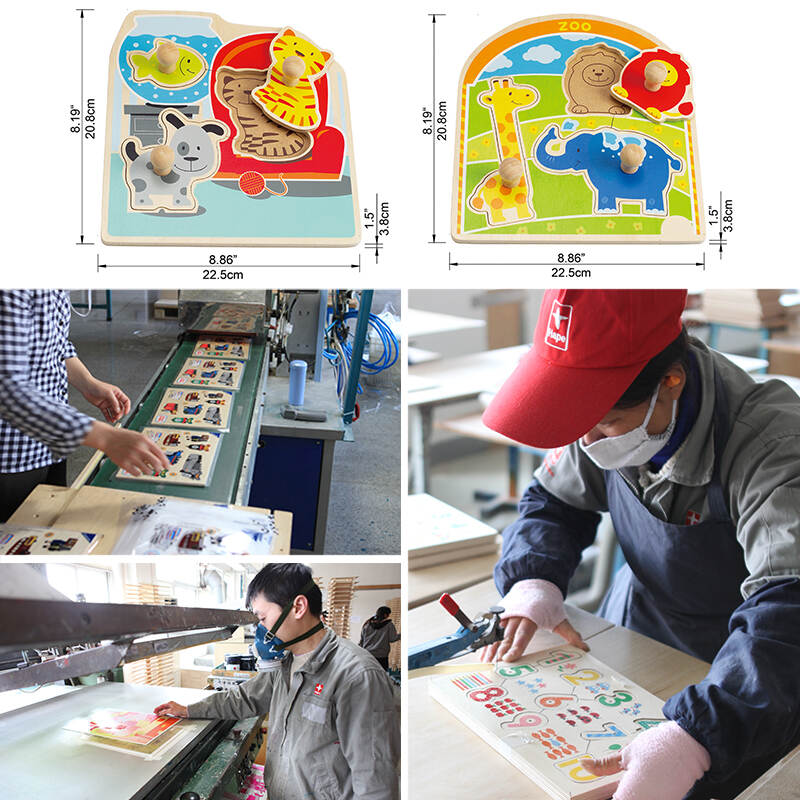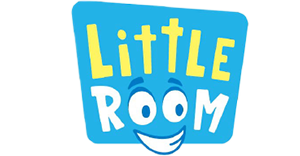Email format error
Email cannot be empty
Email already exists
6-20 characters(letters plus numbers only)
The password is inconsistent
Email format error
Email cannot be empty
Email does not exist
6-20 characters(letters plus numbers only)
The password is inconsistent

News
Happy Arts & Crafts , your reliable partner for OEM/ODM business!

Are wooden toys better for babies?
Why Wooden Toys Are Better Than Plastic Toys
We want the best for our kids, but what if you're just not sure what's really the “best” when it comes to toys?
Think about it… When you're shopping for a toy for a child you love, it's likely that you'll find yourself in the random aisle of a big box store, overwhelmed by the choices in front of you.
And chances your kiddo will be attracted to the flashiest, busiest, most expensive items they've seen on commercials or YouTube ads. Here's looking at you, L.O.L Dolls.
All-to-often, durable and timeless wooden toys go overlooked. We're tearing up just thinking about it….
But hear me out. And no, it's not just the “crunchy lady” inside of me talking to you right now. It's the mother in me, because I want you to be purchasing toys that are safe, toys that will stand the test of time, and toys that your child will love now and into their adult life. One of the best parts about high quality wooden toys is that they double as heirloom pieces to be passed down to other siblings and even to future generations.
So let's make the switch to plastic-free toys and embrace classic wooden toys with basic packaging over the ‘batteries required', the flashy colors, and the cheap and flimsy pieces destined to fall off!

Wooden Toys Are Better for babies:
1. Plastic toys are made from petroleum products and may contain toxic chemicals.
2. Wood is naturally made of trees which absorb carbon dioxide in the atmosphere and release oxygen back into it. Wood toys made of natural materials and they're healthy, safe, and inspiring for children.
3. Wooden toys can be recycled.
4. Wooden toys for babies last longer than plastic ones. Generation to generation, It will spark their natural curiosity and help them develop motor skills, problem solving skills, hand eye coordination, social skills and so much more! PVC (vinyl) is another nasty chemical to avoid when shopping for toys, and can contain known carcinogens like phthalates.
5. Some children prefer wood toys over plastic ones.
Playthings that encourage a quieter and more sustained playing environment can be immensely helpful for young children and their cognitive developments.

So how do you know if your playroom contains any safe varieties of plastic?
Plastic materials contain harmful chemicals .Developmental issues aside, many plastic toys can be harmful – and not only to the environment.
Writing about "Wooden Toys are Low Cost for High Quality"
We at Little Room Toys want to help children learn more about the natural world while they're playing. We make wooden toy products at affordable prices, and we have also partnered with Trees for the Future because we want to be environmentally friendly.
For each toy we buy through our Buy A Toy Program, we plant one tree. By doing so, we're able to positively affect the environment by planting trees which can then grow into healthy forest ecosystems.
The benefits of unstructured playtime are well known. But what about those toys we buy for our kids that seem like fun but don't actually teach anything? Researchers say it's time to put down the plastic animals and pick up something real. In fact, many toys marketed toward young children do little more than keep them occupied for short periods of time, without teaching them much about the world around them.
In one study published earlier this year, researchers tested how well four different types of toys—a wooden block, a toy truck, a dollhouse, and a puzzle box—could help preschoolers learn to read. Each child had a chance to interact with each type of toy twice during a 20-minute session. Afterward, the researchers asked the children to identify words on cards and to count numbers. Children who played with the wooden block scored better than those who played with the truck, the dollhouse, or the puzzle box. What's more, the children who spent most time interacting with the wooden block learned the fastest. "Children who interacted with the wooden block showed significant improvements in word recognition," says lead researcher Sarah Hines of the University of Wisconsin–Madison. "
A construction toy to create and build with, great for developing fine-motor skills, as loose parts, to make prints for painting or with playdough, color matching and sorting etc.
This type of play is how children make discoveries, test hypothesizes, and develop crucial developmental skills, especially if your child is playing independently.
Best wooden toys and puzzles for boys and girls as plastic toys often come with sound effects and movements, wooden toys also help children to develop their own listening, verbal and other sensory skills as they create sounds to go with their playing.
Different kinds of wooden toys :
Wooden building blocks
Toy kitchen
Carbon footprint
Baby to math
Fun activity
3D objects
Animal figurines
Farm animals
Kitchen helper stool
Baby shower
Baby gym
Well-crafted wooden object

Learn more Posted in: 0 - 12 Weeks, 3 - 4 Months, 5 - 6 Months, 7 - 8 Months, 9 - 10 Months, 11 - 12 Months, 13 - 15 Months, 16 - 18 Months, 19 - 21 Months, 22 - 24 Months, 25 - 27 Months, 28 - 30 Months, 31 - 33 Months, 34 - 36 Months, Free Play, Montessori, Cognitive Development, Imaginative Play, Child Development 13 - 15 Months 16 - 18 Months Many toddlers are drawn to “destructive play." Read our tips on how to prepare for this behavior and how to react when your toddler tests limits. 13 - 15 Months 16 - 18 Months your toddler may be comforted by one (or more) of these six strategies. 19 - 21 Months 22 - 24 Months having their nails cut is a little bit scary for your child.
Safer for your child
The Toy Association states that there are over 4 billion toys sold each year in the US alone. And while most parents know what they want to buy, they often don't realize how dangerous certain types of toys can be. You may be aware of the recent reports linking hormone disruption with the chemical bisephenol A (BPA) used in plastics.
Small parts that come away easily, such as buttons or small screws, are a choking hazard and, if the toy breaks for whatever reason, the sharp bits and sharp edges could cause injury.
Eco-friendly wooden toys are well-made on average, rarely come with pieces which could easily be broken by children and even adults would find it difficult to break.
This means that on the whole they're a much safer option for a child's toy – especially if the child is younger than five years old.


